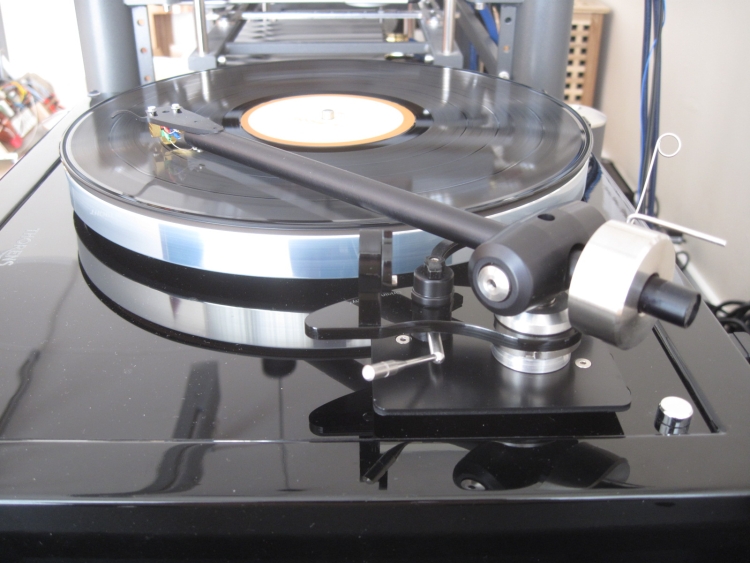
A superb match with Thorens TD-160
Review sample kindly supplied by Origin Live
Retail Price in the UK: £450.00
Retail Price in the Netherlands: 650 euro
After having obtained a beautifully finished Thorens TD160B with all parts carefully cleaned and reconditioned, with completely new high gloss cabinet, the best motor and best bearing shaft and spindle made for this ‘table, topped off with a very nice “SME 3009 SII improved” arm, I marveled at its beauty, but could not help thinking that something was not right about its sound.
The SME 3009 SII improved (made from 1972 to 1981) by comparison has a very loose knife-edge bearing, where the arm actually sits freely inside two cavities, held in place only by gravity. In the time that this arm was first produced, cartridges were of the MM type and had much higher compliance than typical MC cartridges then and now. Used with the DL304, the SME makes for a luxurious, smooth and exceedingly refined sound, but quite woolly as well, with a distinct lack of midbass punch.
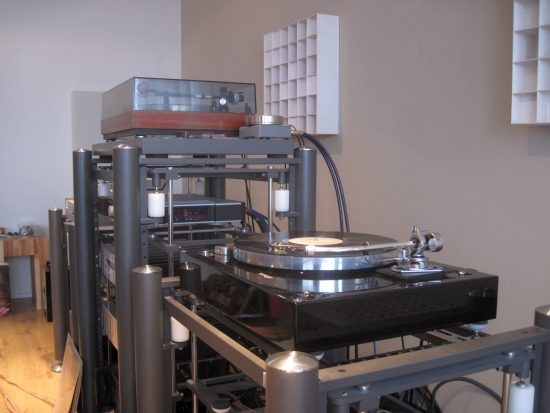
Above and below: the refurbished Thorens TD160B MKII, with SME 3009 Series II tonearm.
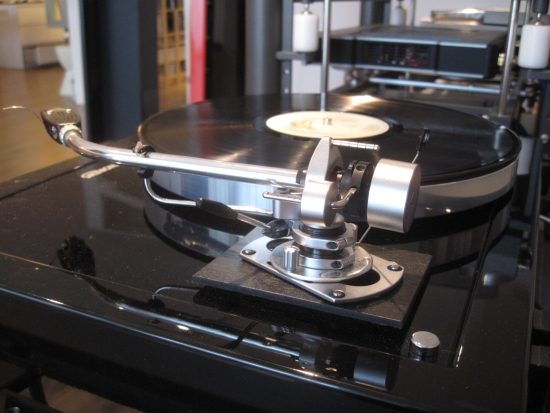
As I also have a stock TD160MKII a comparison is easy to make. While the refurbished 160 with its SME arm definitely sounds tonally much fuller, tracks better and sounds a lot more refined, the area where it’s lacking is PRAT. In other words, rhythmically it is not very well inspiring. The original Thorens may have a flat soundstage and sound thin in comparison, it does definitely rock.
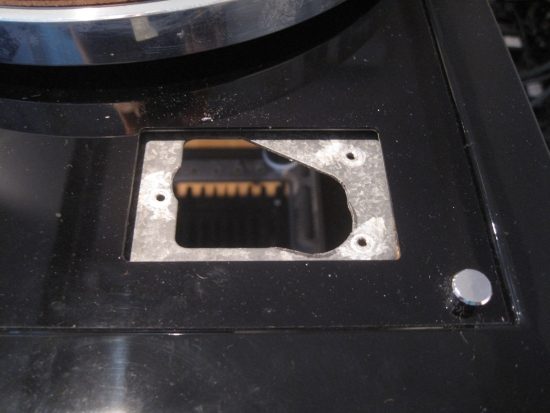
The sub-chassis may need some machining to make room for the new arm. My TD 160 was already prepared by Arti of IntoVinyl.nl for fitting the SME arm. Fortunately, the Origin Live arm was compatible with this.
The crux of course as always in audio lies in the matching of individual components. In this case, it is the Denon DL304 which has a lower compliance than the arm likes. The same is true to some extent for the original Thorens arm, but because the latter has a very tight bearing it may not produce the fullest bass but still sounds controlled and lively.
Finding a better arm
This provided the necessary backdrop for me to try out a different arm. The obvious choice for a first step up would be Rega and the RB 250 does indeed provide very good sound at very low cost. From past experience however and in those circumstances at least, I had learned that that the RB250 in the guise of the Michell Tecnoarm was not the ideal arm for me. Although sonorous and powerful sounding, it did not provide the refinement and air that I so craved, and which both a standard Thorens and the 160B with SME arm do provide.
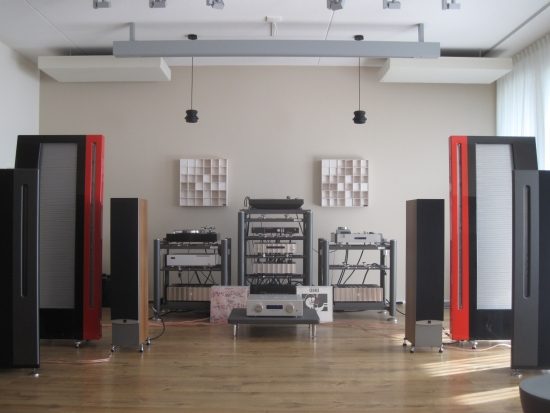
For assessing the arm mainly I used the hybrid magnetostatic/dynamic Apogee Centaur, barely visible above, and the Revel Ultima Salon below. The preamp in both cases is the Jeff Rowland Corus + PSU. Power amps were either the Jeff Rowland model 6 monos or the Bryston 3B ST.
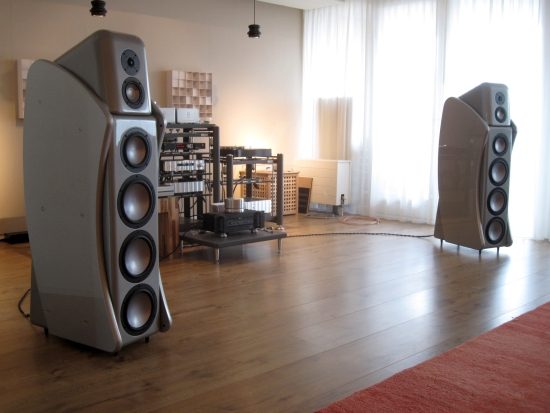
After looking around I quickly learned that there were entry-level arms such as Rega and Project starting at 250 euro and high-end arms starting at 2000 euro. In between there seems to be only one brand: Origin Live! The interesting thing is that the Onyx (and any other Origin Live arm really) uniformly receives praise in all reviews for performing way beyond its price level and attaining qualities usually only obtained by arms costing thousands. The manufacturer is more modest in stating “Onyx was designed as an affordable performance benchmark – a tonearm that would flatter any budget or mid-price turntable and still be happy on a high-end deck”. To be honest: I think they’re underselling it!
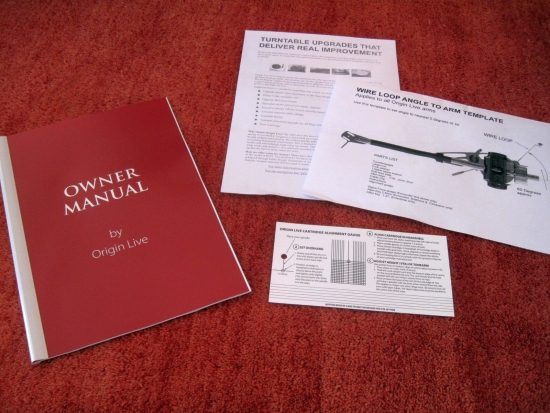
The Origin Live Onyx comes with a very complete manual, alignment aids and useful tips.
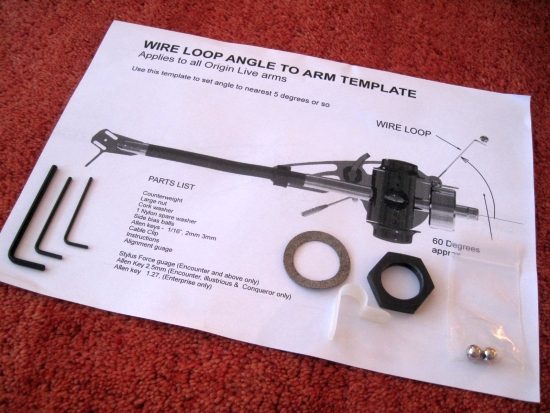
Enter the Origin Live Onyx tonearm
The Onyx is a solid looking and feeling arm with a fixed headshell. It employs an arm tube made from high-grade aircraft alloy and while it is technically not made out of one piece, it certainly feels as solid as a one-piece arm. There is some play in the horizontal plane, seemingly indicating loose bearings, but this is by design, and the bearings are self-centering. The weight is clamped on via a rubber ring, without a thread. In practice one quickly adjusts to this though and getting tracking force right is really not difficult. Understandably this arm cuts some corners in order to provide the biggest bang for the buck, but only in places where it can be done without (much) sacrifice. For example, inside is high-quality litze wire, but the external cable is a standard budget version with molded connectors.
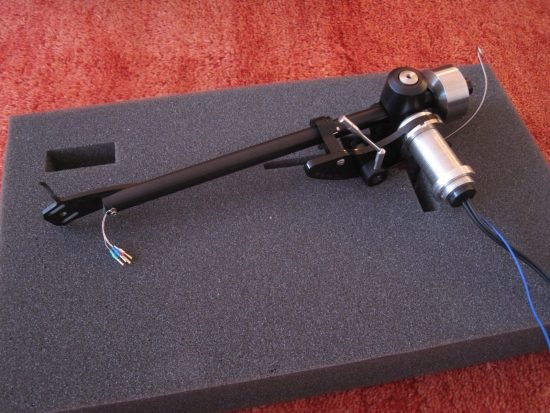
I could write several pages full of info if I were to fully describe this tonearm, but the manufacturer has all this already available, along with lots of helpful tips, such as Why your Tonearm really matters and How to choose your cartridge.
The TD 160B already had a Hanze Hifi SME arm board made from MDF mounted, and because I wanted to make for the fairest comparison, Mark Baker, CEO of Origin Live, was kind enough to send not only the Onyx arm itself but also an SME mounting plate to use on top of the SME arm board. This way I could largely rule out influences of the arm board itself. For cross-comparison I had also obtained an aluminum metal arm board from eBay with Rega mount, which is 100% compatible with Origin Live arms.
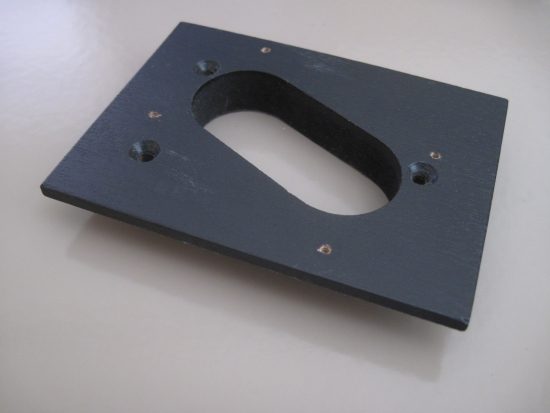
Above and below: Hanze Hifi MDF SME arm board.
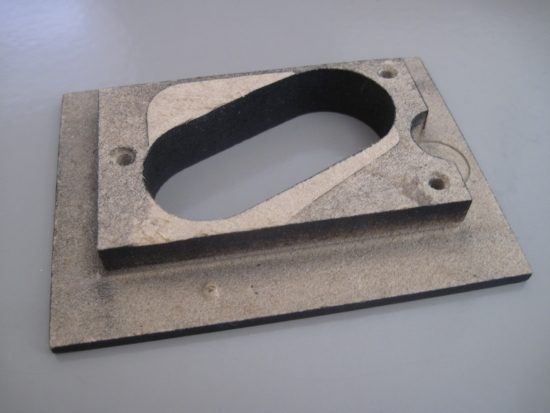
Origin Live adapter on Hanze Hifi MDF SME board
First listening was done using the existing Hanze Hifi MDF arm board with the Origin Live mounting plate on top. With the DL304 mounted once overhang, tracking force and VTA were adjusted, listening could commence. Wow, this was no small difference!
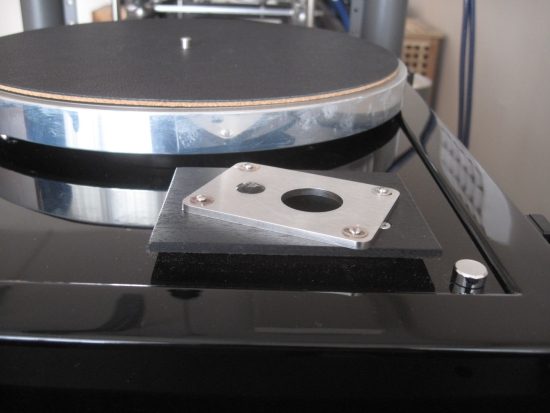
In spite of the double mounting plates, the Onyx immediately sounded very enjoyable. Tonally full, with sonorous and powerful deep bass, rich and colorful midrange and fluid, open and relaxed treble. This was exactly what the doctor ordered! On top of this, it had excellent tracking and an appearance slike it costs a lot more than it does. The reviews weren’t wrong: this arm really is very good indeed.
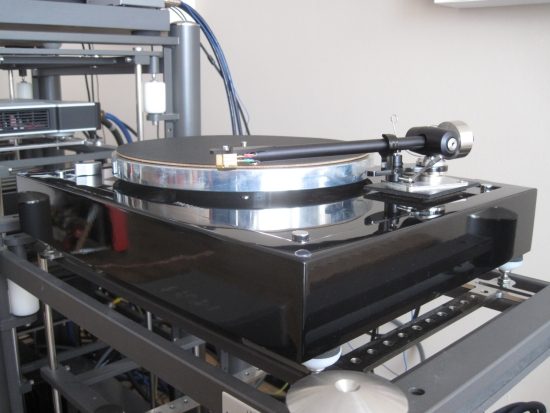
With the SME arm and this cartridge, there was always a lack of midbass presence, making only the most powerful recordings sound balanced but with the Onyx almost every LP sounds like a powerful USA release! Dynamics and speed were now impressive, gone was the former tardiness, replaced with cheerful, upbeat music, but importantly, while retaining smoothness and tonal fulness. On top of this, timbre had also improved massively.
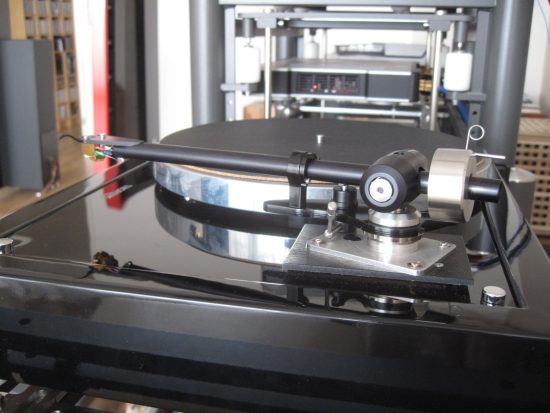
Treble is perhaps somewhat less overly airy than with the SME, but with that arm, this is also achieved by suppressing the midrange which makes the upper treble stand out. This is something that the Onyx does not do: the entire frequency range seems to be flat top to bottom. Treble is certainly not dark though, in fact, it is very well balanced and precisely as airy as it needs to be. Previously I had found the Denon to sound a little synthetic compared to some more upscale cartridges such as the Benz ACE, but with the Onyx arm, the Denon sounds timbrally wholly convincing. I just couldn’t help constantly tapping my foot, which is always a good sign that the boogie-factor is intact.
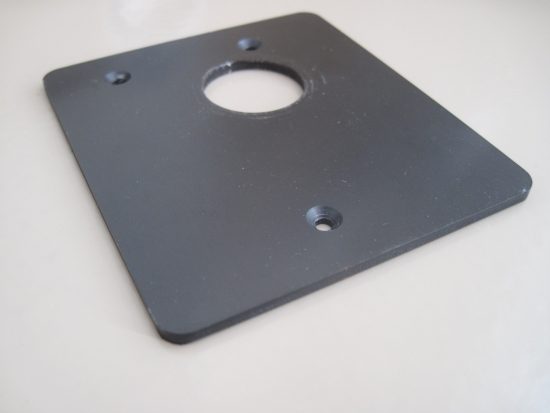
Aluminum arm board
Now it was time to see how the Origin Live Onyx would perform with an aluminum arm board. I found one for 35 euros on eBay offered by a private seller from Athens, Greece. Look for the following description if you want to find it on eBay: “Rega RB250 RB300 Armboard Plate for THORENS TD-145 146 147 160 165 166 turntables”.
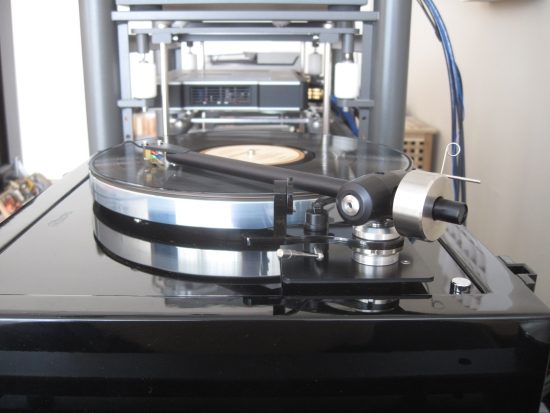
This arm board replaces the standard Thorens plastic arm board and also substitutes the MDF Hanze Hifi SME arm board. The aluminum top plate connects to the sub-chassis by means of risers that are first attached to the chassis, to which the top plate is then screwed. It makes for a very solid connection, but one that seems quite thin in terms of contact points.
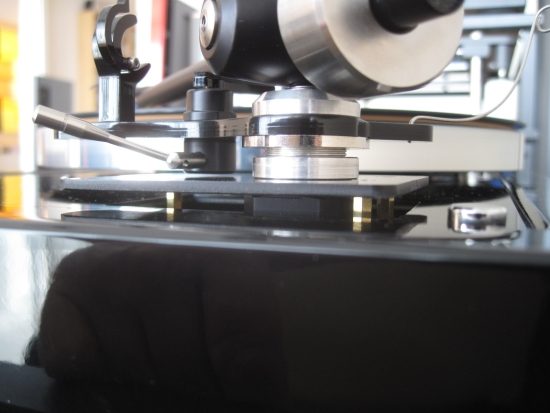
This arm board sounds a lot tighter and also more neutral tonally. It was now evident that the MDF board also added some character of its own. Any bloom was now removed, replaced with a clean and pure sound. At first, it was admirable how fast and tight the bass is, how sharp the transients and how much detail can be heard. But soon this presentation started to become too much, as I noticed that everything seemed just a little bit too clean.
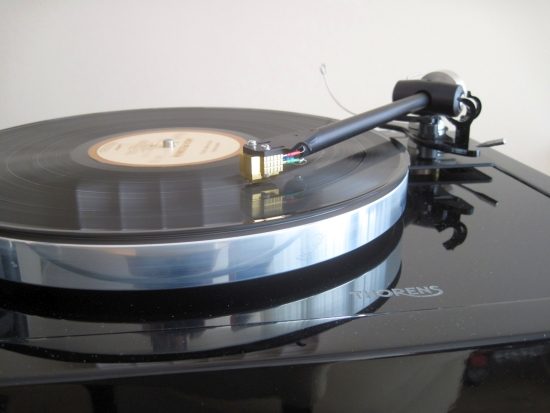
No matter how articulate the bass, without body it seemed tonally gray. What finally made me decide to remove it again was that I noticed that my foot was no longer tapping! This time that’s not related to dynamics, pace or attack. The foot-tapping effect could not be retrieved by adjusting VTA, sub-chassis spring tension or even by loosening the arm board screws, or the arm nut but in any event somehow the boogie factor was now completely gone! That’s the funny thing: you can fool the brain (at least temporarily), but not the body.
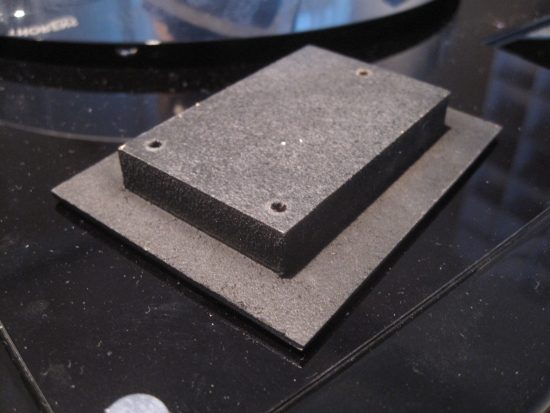
Hanze Hifi MDF undrilled board
Just to make sure that I wasn’t imagining things, I re-installed the Hanze Hifi SME board and SME-Origin adapter plate and sure enough, the boogie factor was back! Now I was sure of it. MDF may not be the best material in the world for an arm board, but of the boards tried the Hanze Hifi was certainly the best.
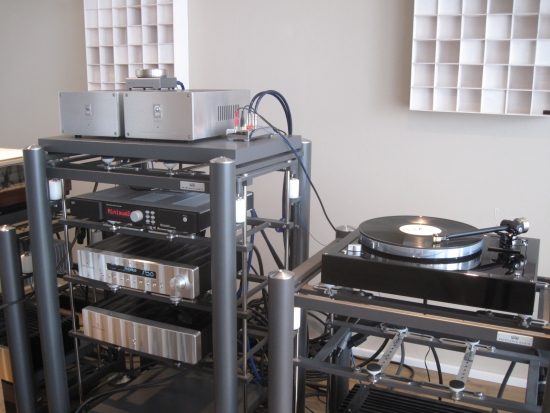
Above: phono stages available included the Sw1x LPU 1, Schiit Madi and Benz Lukaschek. The latter made for the fullest sound while the Schiit provided the airiest and transparent sound.
And so I decided to obtain another from Hanze Hifi, this time an undrilled version in which I could make a hole myself. The SME version is 55 euro and the undrilled version is 45 euro. Perhaps a bit pricey for a bit of machined MDF but then again if you had to make it yourself it would certainly keep you busy for several hours.
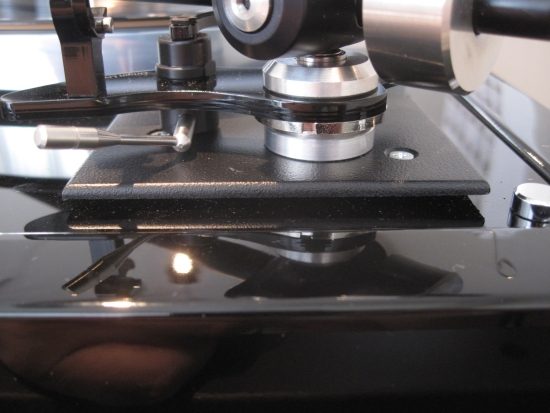
With the new Hanze board in place, and without the SME adapter plate, the Onyx worked even better than before! It was a bit like it had attained some of the qualities of the aluminum arm board without sacrificing any of the tonal fullness and boogie factor. I think it has a lot to do with having as little interconnecting surfaces as well as having a solid connection over a large area.
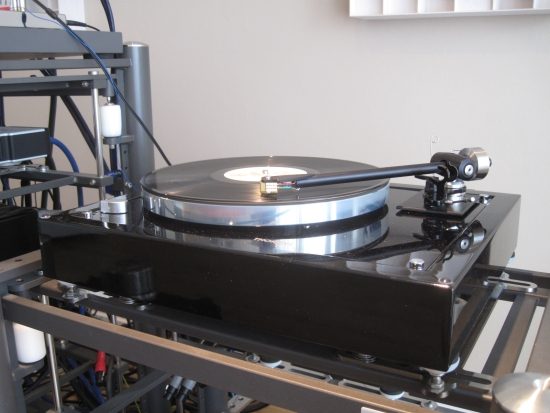
Conclusion
The Origin Live Onyx is an easy to mount and superb sounding tonearm, that turns out to work exceedingly well with the Thorens TD 160B. It really is much, much better than the original tonearm, and also much better balanced than the SME 3009 Series II, at least when low compliance MC cartridges are used. This one is a keeper!
Read Also
Origin Live Calypso mk4 with Multi-Layer Platter, Illustrious arm and Silver Hybrid cable
Origin Live Onyx tonearm
External Links
Manufacturer: Origin Live
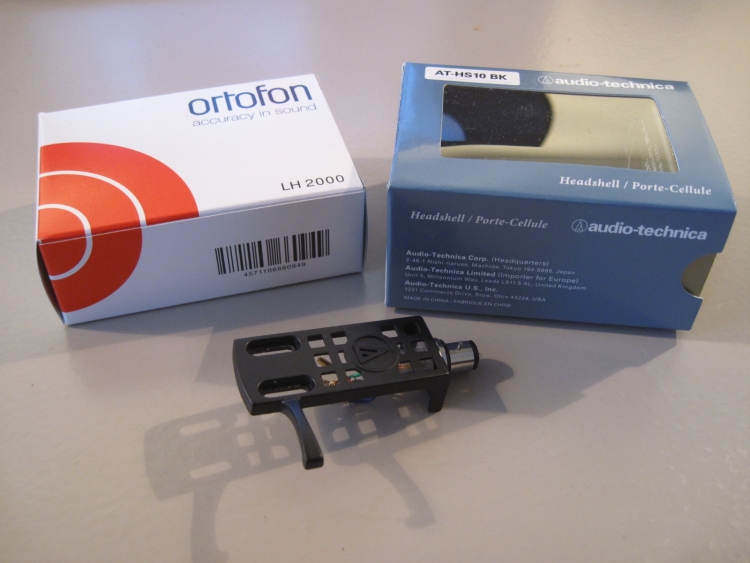
SME3009 in the picture as referred to in the tale is the S2 (SII = fixed head shell) ‘IMPROVED” !!! Produced from 1972 to 1981 !
Thanks for spotting that Timmy, it’s now updated.
Can you give some info on the motor, spindle and bearing upgrades that was installed on your 160? Upgrading a 166 MK II and am interested in that as well. Thanks
I don’t have any types or spec info. Best thing to do is to contact Arti of IntoVinyl. I purchased my turntable from him and he said he takes the best parts of several other Thorens turntables and uses those for his refurbished turntables. The motor was the best type in his opinion but I don’t know why. The Spindle bearing is thicker in diameter than some others used on the TD160-II, this was obvious from comparing it with another TD160-II. There are other small variances among issues of the same models throughout the years and Arti knows what’s what. I don’t have any more info on this.
Hi…
Is it possible to adjust VTA on origin live onyx with this Hanze board…?
It is interesting review because i find this after i order Onyx tonearm with idea in mind that i will find some old Thorens and mount it there (before i found one in good condition Onyx will temporally seat on Rega rp6)
Yes, it is: this is built into the arm. However, depending on how much you drilled out the Thorens’ metal sub-chassis plate, this might be tricky. It’s difficult to describe but space is tight under there and the 3 screws together with the raised sub-chassis edge makes it more difficult. It’s not impossible but may require some trickery. You’ll see once you try it.